
Jerry Tyra fits the classic image of an Old West sheriff: silver hair, straw cowboy hat and, often, a cigarette between his lips. As one of Arizona’s two abandoned-mine supervisors, he’s protecting the public from a menace left over from Arizona’s long history of mineral extraction: abandoned ore mines. (Photo by Nicole Neri/Cronkite News)
Arizona’s two abandoned-mine inspectors face daunting task: ‘We’re all by ourselves’
By Chris McCrory/ Cronkite News |
WICKENBURG – Jerry Tyra started working underground in 1960, drilling ore samples to help mine companies figure out whether to develop a mine site.
Since 2007, the 75-year-old has been doing a different kind of exploration: scouring the state for the thousands of abandoned mines some of his former employers may have left scattered throughout the Arizona desert. When he finds one, Tyra uses wire and metal posts to fence it off, placing warning signs on the wire.
“I get my map programs out, and I just pick a township,” he said, standing near the edge of a 900-foot-deep mine shaft east of Wickenburg. “I take every little trail they’ve got. If I don’t find anything, I’ll go to the next one.”
Tyra is one of only two abandoned-mine supervisors in Arizona. The pair face an uphill battle trying to identify the estimated 100,000 abandoned mines in the state and render them safe, or at least safer.
The Arizona State Mine Inspector’s Office has repeatedly asked for funds to hire more inspectors and permanently close more mines, but the state’s abandoned-mine program hasn’t seen a significant budget increase in more than a decade. State officials fear it’s just a matter of time before somebody else gets injured or dies at one of the thousands of abandoned hard rock mines the state hasn’t mapped and secured.
“There’s two of us who are doing it,” Tyra said. “That’s a lot of territory to cover.”
Arizona has about 14,500 square miles of land, and abandoned-mine supervisors have the legal authority to search all of it, from federally managed public land to private property.
Tyra and fellow supervisor Tom White close between 400 and 500 abandoned mines every year.
“He goes that way. I go this way,” Tyra said, smoking a cigarette as he leaned against the creaking, rusted metal of an old mining rig designed to pull minecarts up from a silver mine. “So we’re all by ourselves. It ain’t safe.”
A lack of funding shuttered the Arizona State Mine Inspector’s abandoned-mine program in the 1990s. Since the program was restarted in 2007, when the office hired Tyra and White, the two have found roughly 5,600 mines.
But over the 11 years they’ve been searching – often in opposite ends of the state – they have put only a small dent in the problem.
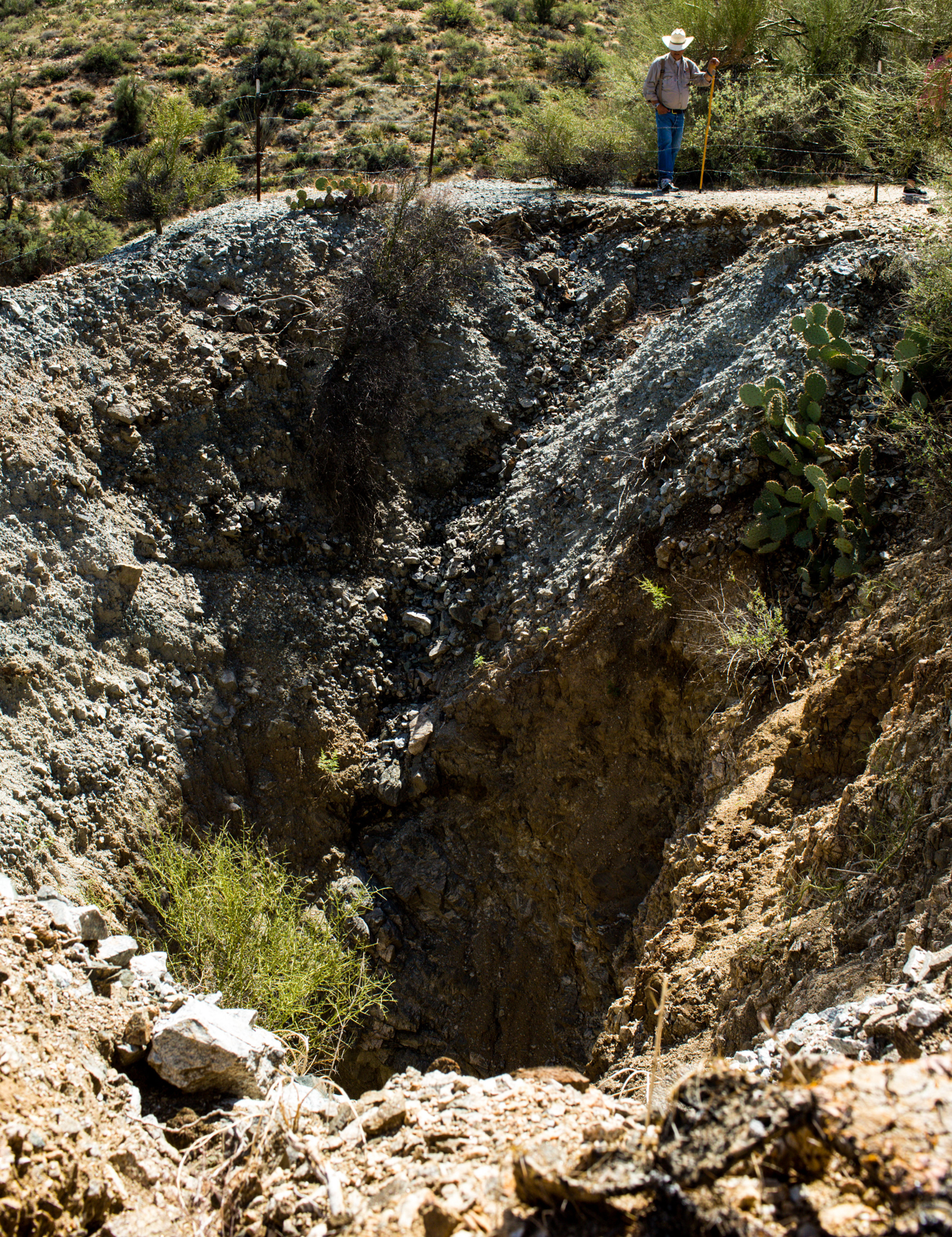
Abandoned-mine supervisor Jerry Tyra uses his own metric to determine how dangerous an abandoned mine is: Would he survive his wife's tongue lashing if he took the family there on a picnic? (Photo by Nicole Neri/Cronkite News)
100,000 abandoned mines: ‘That’s just a guesstimate’
“They’re scattered all over the state,” Tyra said of the abandoned mines. “And we have no idea how many there are.”
Each mine site may have several entrances and exits, called adits, along with vertical shafts to supply miners with air. Each mine complex can have dozens of these “features” spread out over acres of often remote land.
States classify abandoned-mine features differently, but Arizona likely has the highest number of open shafts and adits in the country. According to the Bureau of Land Management, there are an estimated 500,000 abandoned mines in the U.S. The Arizona Mine Inspector’s Office estimates the state has about 100,000 of them.
But there could be more lurking below the ground in the Copper State. Numbers in Arizona come from a formula based on mining claims.
“Since statehood (in 1912), there has been a million mining claims staked,” Tyra said. “If you figure 10 percent of them have anything done at all, that’s 100,000 right there. That’s just a guesstimate.”
The number doesn’t take into account Arizona’s 3,000-year history of mining – Native Americans may have mined the land for minerals as early as 1000 B.C., and Europeans have been digging ore in the desert since the 1600s.
Tyra estimates that he and White have closed up about 5,000 mines. “I don’t keep track of that stuff,” he said.
The Arizona State Mine Inspector’s Office employs 14 people, and most either work at desks or inspect active mines in the state.
Stretching resources: Funds must pay for gas, fencing
In Wickenburg, Tyra pulled his straw cowboy hat down over his eyes as the sun rose. His mud-splattered 2012 Ford F-150 has bounced over 150,000 miles of unpaved roads, and he said the truck will have to last him for several more years.
The abandoned-mine program has received $194,700 in state funds every year for most of the past decade. That pays for the fuel and materials Tyra and White use, plus their salaries. The mine inspector’s office says this isn’t nearly enough.
“We’re stretching our resources just as far as we possibly can,” said Tyra’s boss, Laurie Swartzbaugh, deputy director of the State Mine Inspector’s Office.
To make do, the two supervisors run up the miles on their trucks and pick up bargain equipment whenever they can. Tyra’s uses an ATV purchased from a contractor looking to offload several after the Border Patrol backed out of a deal.
The office requests additional funding for abandoned mines every year, to no avail.
“It is a priority thing,” Swartzbaugh said. “We have put this in our budget for the past 11 years. We need more people out there to cover more ground, because every time we go out on the ground, we encounter more and more mines that are not in our database.”
Partnering for help
With only two abandoned-mine supervisors, the mine inspector’s office relies on outside help. It partners with the federal Bureau of Land Management, the Arizona Game & Fish Department and other agencies to find and catalog the mines and regulate access to them.
“We do a lot of work side-by-side with the state mine inspector,” said Eric Zielske, an environmental engineer with the BLM who runs the agency’s hazardous materials management program.
Teams of five or six from state and federal agencies offer a patchwork of assistance to the mine inspector’s office. They act as temporary supervisors, combing assigned plots of land for abandoned-mine features to add to the inspector’s database. Sometimes, they erect gates or fences.
These other agencies also occasionally shoulder the costs of abandoned-mine supervision. The BLM often provides the fence posts used by Arizona Game & Fish teams when they find abandoned mines.
However, the majority of additions to the state mine database come from Tyra and White because agencies that aren’t focused on mines have their own priorities.
But Tyra appreciates any help they can get. Even near Wickenburg, which he considers one of the best mapped areas in the state, Tyra estimates only 90 percent of the abandoned mines around the small town have been found and fenced.
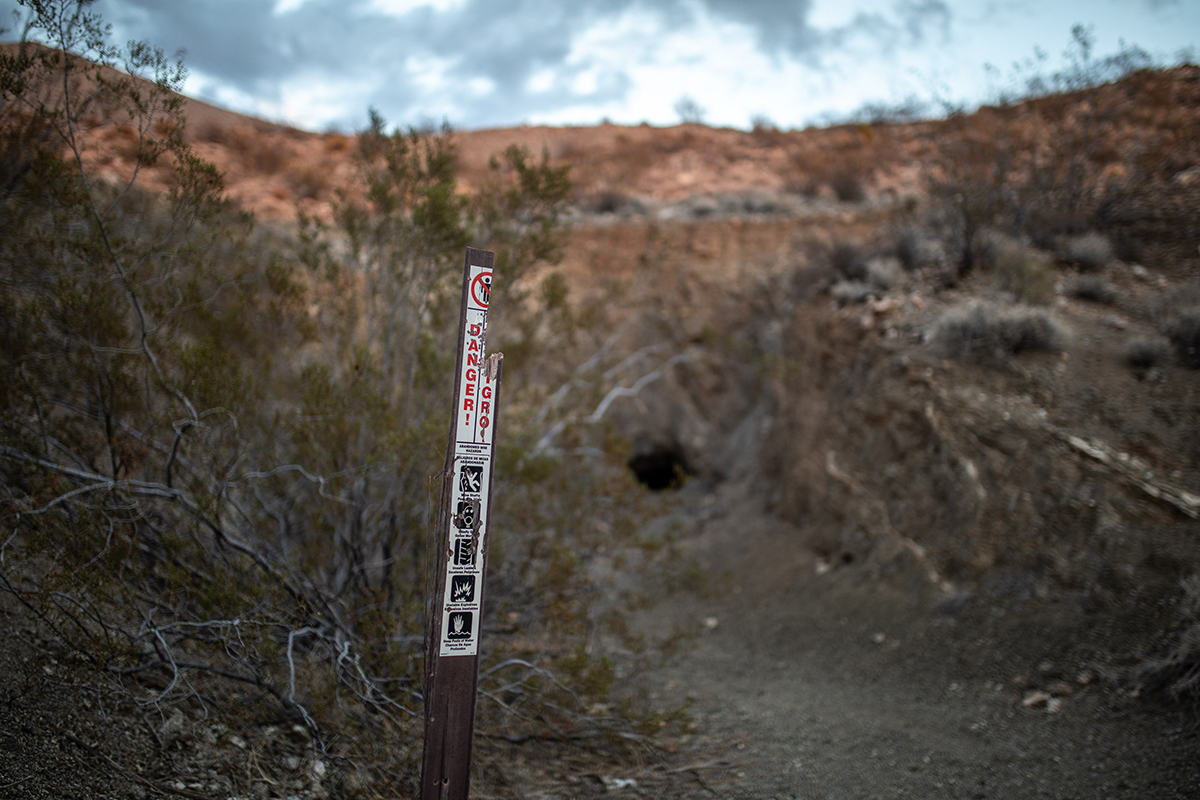
A damaged sign is the only warning of this abandoned mine about 40 minutes west of Kingman. (Photo by Celisse Jones/Cronkite News)
Setting priorities: Unsecured mines are deadly
Over Labor Day weekend in 2007, a tragedy struck the Mohave County town of Chloride, population 352. Two girls, Rikki Howard, 13, and Casie Hicks, 10, were riding ATVs with their father about 40 minutes northwest of Kingman when they fell into a mine shaft.
According to interviews and stories in the Kingman Daily Miner, their father called for help after realizing the girls weren’t behind him. Night set in, and by the time a rescue party found them the next day, Rikki was dead and Casie severely injured.
That mine was unknown to inspectors before the tragedy.
Many experts point to that incident as proof that Arizona’s abandoned mines are deadly, and state officials should make closing them a high priority.
Ruby Jones, who owns the Mineshaft Market and Chloride General Store, ticked off some of the abandoned mines around the town: Rainbow, Lucky Boy, Tyro.
“There used to be a hundred mines back in these mountains,” said Jones, who runs the town’s tourism office from a side room of the store. She keeps a collection of mining books and maps as part of an exhibit.
“We, at one point in time, had over 2,000 people living here,” she said. Jones has lived in Chloride for just two years, but she knows the story of Rikki and Casie.
Allen Bercowitz moved to Chloride in 2003.
“I drove in one day, never left. I like the town. It’s quiet,” he said.
But when Rikki died, Chloride, still grieving, became a magnet for media outlets.
“Those two girls, that was a rough time.”
Bercowitz said town residents try to steer clear of the mines they know are dangerous.
“I’m sure during the time that the mines were working, it (tragedy) happened all the time. These are shafts that go straight down.”
The site of the tragedy, the Brighter Days Mine, was fenced off three years after the girls fell, according to the Mohave Valley Daily News.
“Mining was never a safe profession,” Bercowitz said. “But these are kids, and they just fell into the hole.”
State Mine Inspector Joe Hart used the accident to push for more funding to prevent more tragedies – funding that still has not materialized 11 years later. Since 2007, one other person, Tyler Halverson, 19, has died in an abandoned mine.
Tyra still works to close mines such as the Brighter Days, but he keeps those deaths in mind as he checks the fence posts at well-known abandoned mines near Wickenburg.
“If what we do saves one person, it’s worth it,” Tyra said, pointing to the fence around the mouth of the Monte Cristo silver mine. “If this little dinky fence here keeps somebody from falling in there, it’s well worth everything we spent on it.”
Old mine sites need constant attention
Tyra’s job focuses on the safety of Arizona’s residents and visitors – but those very people often cause him the most problems.
When his office installs fencing and signs around a mine, they can act as a magnet for the curious. People often steal the signs.
“We’ve changed our signs,” Tyra said. “When I first started, we had had skull and crossbones on there, and that didn’t work. … You couldn’t put them up fast enough.”
He said he installed signs at one mine site three days in a row: “Each day, they were gone.”
In Wickenburg, Tyra picked up a bullet casing from the dirt and examined it. A .22 shell. Because the minecart-pulling rig and shed are the only man-made objects for miles, people use them for target practice.
“I shouldn’t say it,” he said, chuckling, “but you can’t fix stupid.”
If he doesn’t revisit the mines every so often, people will destroy the fences because they want to explore the depths.
“Somebody knocked it down. We put it up and put it up and put it up,” Tyra said. “All the ones that we’ve secured, we need to go back once a year or so just to take a look at them. There’s nothing to see in there, anyhow. It’s just a hole in the ground.”
There is very little the mine inspector’s office can do to stop people.
“It’s not against the law to go inside one of these things, unfortunately,” Swartzbaugh said. “But it is against the law to break the barriers.”
Nobody in Arizona has ever been been prosecuted for damaging the barriers – a felony with a maximum sentence of two years in prison, according to the state mine inspector’s office.
“You have to prove somebody has done that,” Swartzbaugh said. “Most of these mines are in the middle of nowhere, and it’s really hard unless you catch that person in the act, to prove that anybody took down a sign or took down fencing or anything like that.”
Permanent closure is a long, arduous process
If he could, Tyra would bring in heavy machinery to every mine and fill it completely with rocks and dirt. But even if tractors and excavators could physically get to every mine, the permits and paperwork required to do this would prove prohibitive, he said.
To fill in an abandoned mine, parties involved must file paperwork with the Arizona State Historic Preservation Office and the Arizona Department of Agriculture. The requesters need to obtain a biological study to determine if wildlife in the mine would be impacted.
Bats pose a particular problem with this step.
Joel Diamond, a biologist for Arizona Game & Fish and a self-proclaimed bat lover, knows this challenges well.
“Arizona has the second-highest bat diversity in the U.S.,” he said, standing atop a wire mesh over a 40-foot mine shaft near Dragoon, about an hour east of Tucson. “We have 28 different species.”
Diamond estimated that about 15 percent of the mine features he finds are critical habitats for bats.
Diamond and his team often work as temporary abandoned-mine hunters on federal land, and they add mine features to the state’s inventory. They also install gates to allow bats to fly out while preventing human entry.
On top of all the paperwork and environmental concerns, the office also needs money to permanently close mine features. Using heavy duty tractors, conducting studies and installing bat gates isn’t cheap.
The mine inspector’s office needs authorization from the Legislature if it plans to spend $10,000 or more on a project, Swartzbaugh said.
It’s unclear what will happen with future funding requests for the Arizona State Mine Inspector’s office. But one thing is clear. The state’s only abandoned-mine supervisors – Tyra and White – are eligible for retirement. Tyra, who’s 75, said he would stay in the position as long as Hart remains state mine inspector.
Hart, 74, is not allowed under Arizona law to serve more than four terms; he won his fourth term in November.
If the office can’t get the money to hire and train new employees to take over, it might cause additional problems, Hart warned in a letter to Gov. Doug Ducey.
“It’s a hell of a job,” Tyra said. “If I’d have known about it 30 years ago, I’d have killed somebody to get it. But I have slowed down. I don’t go as gung-ho as I was.”
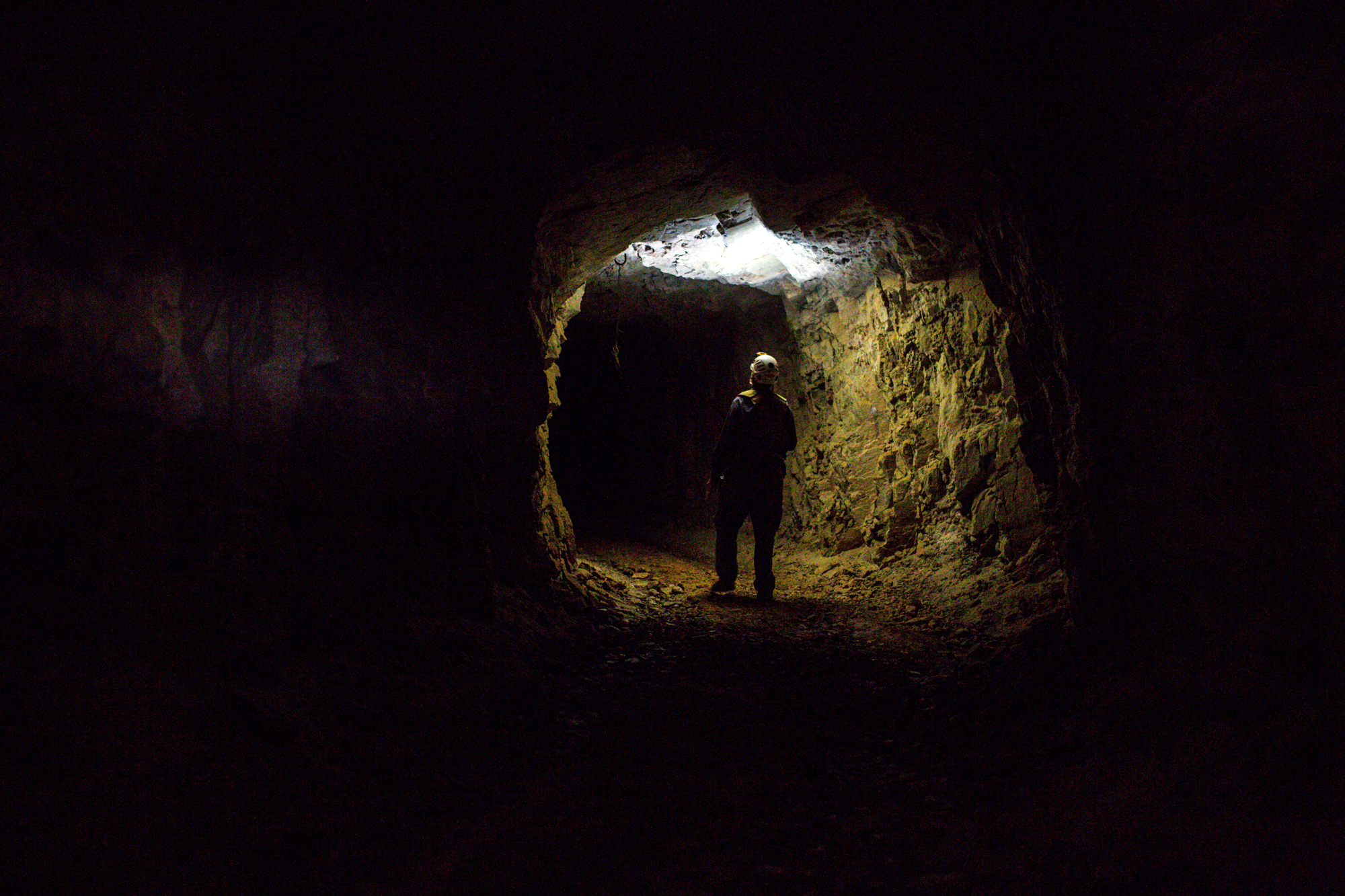
Joel Diamond, a bat biologist for Arizona Game & Fish, and his team often work as temporary abandoned-mine hunters on federal land. They also install gates to allow bats to fly out while keeping people out. (Photo by Nicole Neri/Cronkite News)
– Video by Cami Clark/Cronkite News
This story is part of Elemental: Covering Sustainability, a multimedia collaboration between Cronkite News, Arizona PBS, KJZZ, KPCC, Rocky Mountain PBS and PBS SoCal.

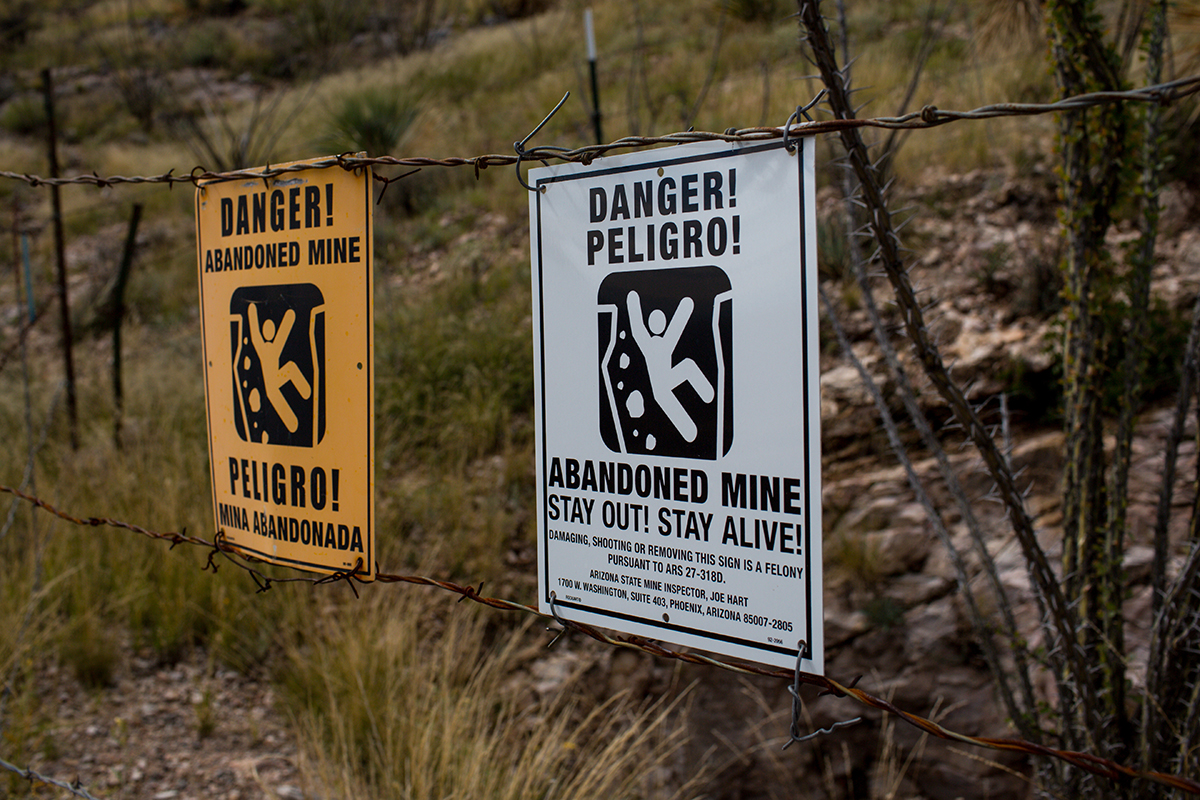

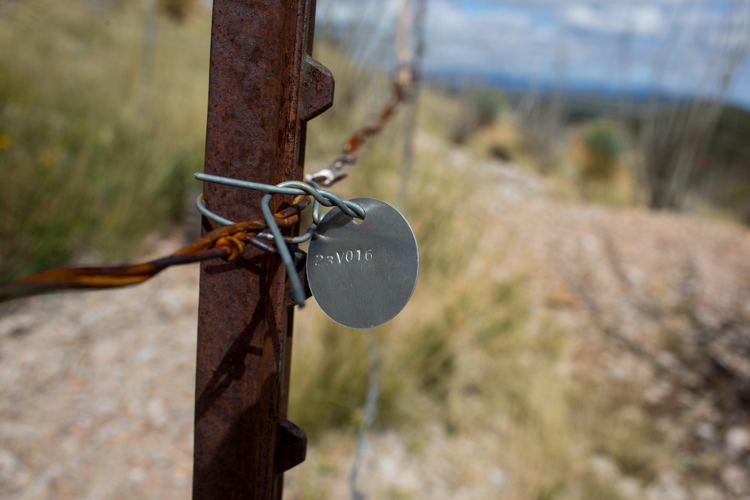


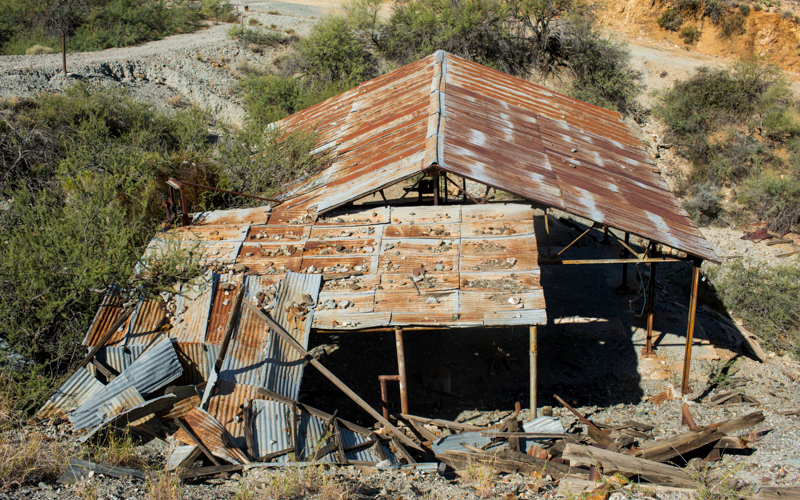
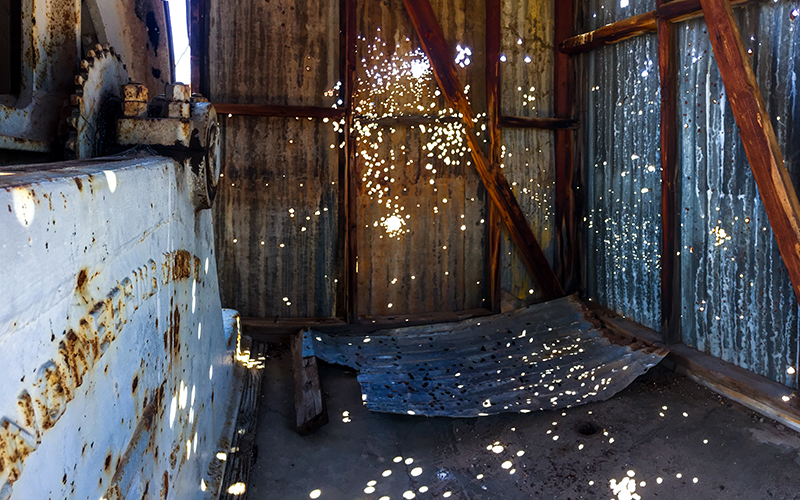


Leave a Comment
[fbcomments]